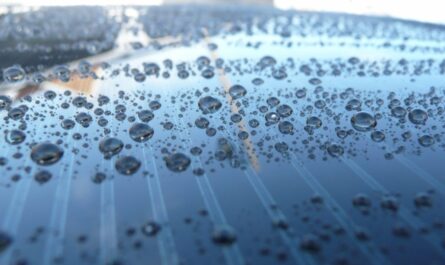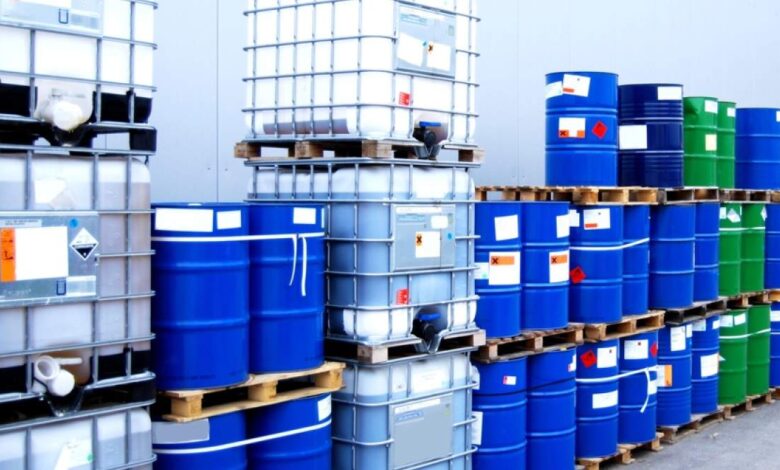Overview of Alcohol Ethoxylates Industry
Alcohol ethoxylates (AE) are nonionic surfactants produced by the reaction of alcohol with ethylene oxide. The most commonly used alcohols are fatty alcohols derived from natural fats and oils. The degree of ethoxylation and carbon chain length of the alcohol determine the properties of the AE, such as hydrophilicity, solubility and emulsifying ability. AE find applications as cleaning agents, wetting agents, dispersants, emulsifiers and stabilizers in many industrial and household products.
Production
Alcohol Ethoxylates are predominantly produced in Asia Pacific and Europe due to easy availability of raw materials. China is the largest producer and exporter of AE globally, accounting for over 30% of total production. Other major producers include India, South Korea, Taiwan, and Germany. The global AE market was valued at approximately USD 3.5 billion in 2020 and is projected to grow at a CAGR of over 4% from 2021 to 2027. The cleaning products industry consumes over 60% of the total AE demand, with dishwashing detergents being the single largest end use application. Additionally, the Agriculture sector and Industrial & Institutional cleaners are rapidly growing end use markets.
Alcohol Ethoxylates Industry Production Process
The production process involves reacting alcohol and ethylene oxide in the presence of a base catalyst such as potassium hydroxide. The reaction takes place under high pressure and temperature to produce a random distribution of ethoxylated molecules with varying chain lengths. The alcohol used is mainly C12-C15 fatty alcohol derived from natural fats and oils through reduction of fatty acids. The degree of ethoxylation (EO) can range from 2-40 units per molecule depending on the desired HLB (Hydrophile Lipophile Balance) value. The crude product is a mixture containing different EO distributions that are further purified and standardized to meet specifications.
Regional Analysis
Asia Pacific: Accounted for over 45% of global AE demand in 2020 driven by the large cleaning products market in China and increasing consumption of laundry detergents in India. The easy availability and dominance of Chinese producers has led to price competitiveness. Strict regulations have led producers to shift to short chain, readily biodegradable grades.
North America: Second largest market led by the US. Regulatory push for sustainable products has increased the usage of plant-based alcohol feeds compared to traditional oleo-derivatives. Emphasis on performance and costs has led producers to develop tailor-made grades for specific applications.
Europe: Mature market with stringent regulations around ingredients safety and environmental impact. Producers focus on specialized grades for highly technical products in industries like coatings, adhesives, and crop protection. Regions like Germany and Italy are major production hubs and exporters of specialty AE.
Rest of the World: Markets in Latin America and Middle East & Africa are growing rapidly led by increasing consumption of detergents and cleaning products. Large untapped potential remains in developing nations, though pricing and availability challenges exist currently.
Key Trends
Sustainability Focus: Growing demand for bio-based and readily biodegradable AE grades derived from plant-based alcohols like coconut, palm and sugarcane. Producers innovating to offer greener product options meeting various certifications.
Performance Optimization: Continuous R&D efforts to tailor properties like HLB, foamability and wetting for applications requiring higher performance like dishwashing liquids and cosmetics. Short chain grades gaining traction.
Pricing Dynamics: Asian producers like China expected to dominate global supply led by economies of scale and competitive feedstock costs. Prices to remain competitive restricting margins amid stable demand outlook.
Regulatory Compliance: Shift towards less ethoxylated and volatile grades to meet stringent regulations around ingredient safety, ecotoxicity and wastewater discharge limits being enforced globally.
alcohol ethoxylates are globally traded bulk chemicals finding applications across industries. While Asian producers dominate globally, regulatory compliance and sustainability drives are shaping performance improvement and composition changes in different regional AE.
*Note:
1. Source: Coherent Market Insights, Public Source, Desk Research
2. We have leveraged AI tools to mine information and compile it.



